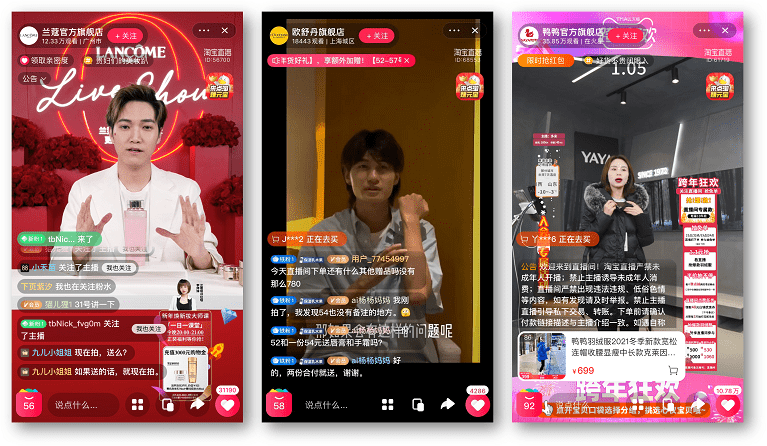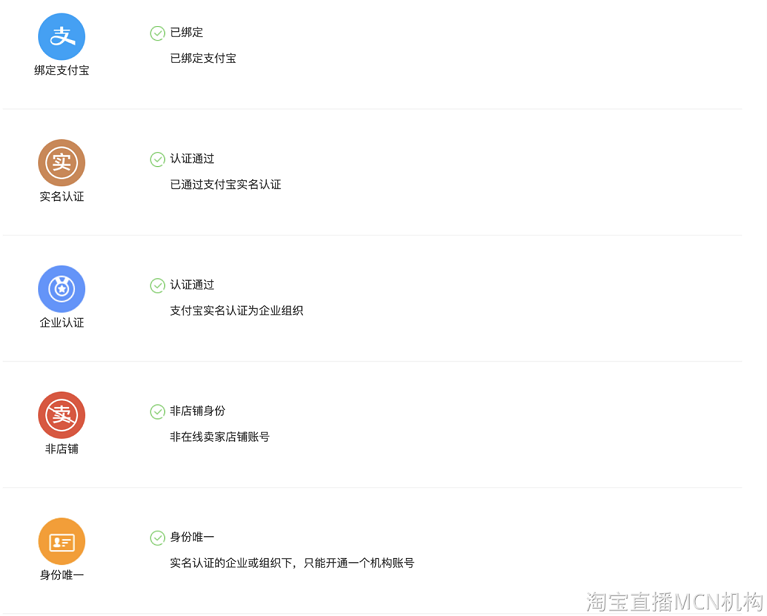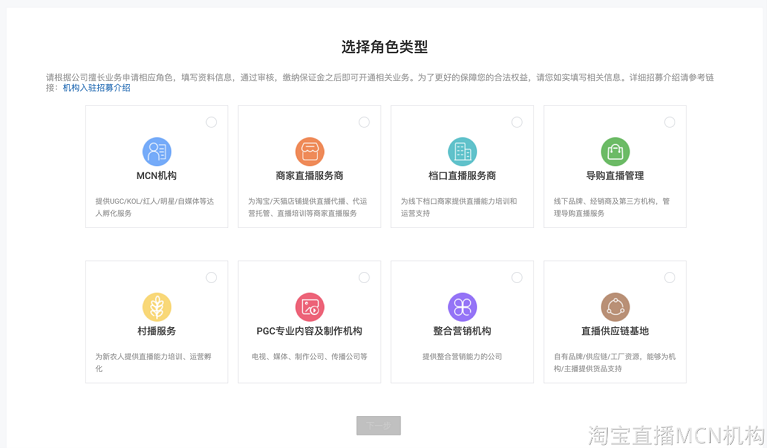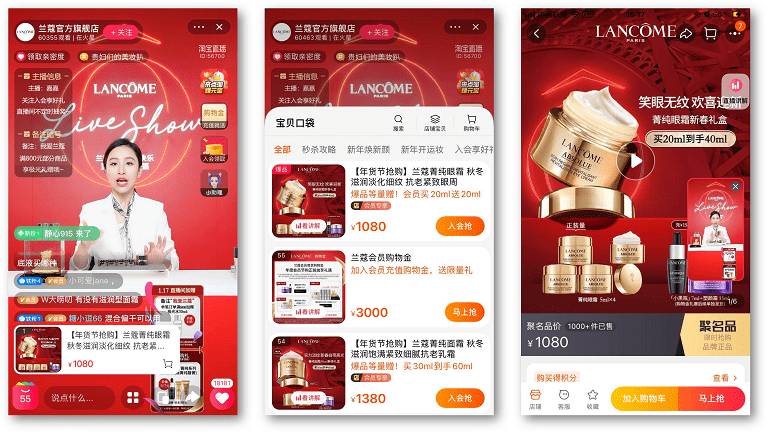Last Updated on March 27, 2024
In our 2022 Tmall Live-streaming Guide, we will detail what Live Commerce is, why brands should live-stream on Tmall, what sort of shoppers to expect when doing so, and the step-by-step process to getting a brand set up to live-stream on Tmall from opening an enterprise account and a live-streaming account to your first broadcast.
For anyone not yet convinced of the power of live-streaming commerce, take note:
- Live commerce in China generated $300bn in sales in 2021 alone
- There are almost 400bn live commerce users in China
- Around 40% of all Chinese internet users engage with live commerce
- Alibaba, parent company of Tmall, has an 80% market share
What is live commerce?
Put simply, live commerce is the combination of online live-streaming with e-commerce. It can be thought of as teleshopping for the 21st century. What the television did for home shopping in the 1980s and 1990s, with companies like QVC becoming multi-billion-dollar juggernauts in just a decade or two, smartphones are doing for all shopping in the 21st century, at a significantly hastened pace.
Much of the format remains the same. There is a presenter, whose persona usually reflects that which the target product demographic aspires to or identifies with. On one end of the scale this might be someone who identifies as a regular consumer, on the other it might be a celebrity or idol. It will often be a KOC, or a KOL. They will be commenting on, using, demonstrating, reviewing or exploring the stories behind a series of products. Sometimes in a direct sales format, other times in the form of a tutorial, interview or behind-the-scenes segment.
Here is where the main differences begin. First, the video is live-streamed via an online platform, which allows presenters and users to interact directly, and often users to interact with one another. Not only does this provide greater reach – people may watch anywhere, not just from home – but it allows customers to be an active part of the process. Second, the products featured are purchasable directly through a linked e-commerce platform. The distance between the customer being shown the product, and placing an order, is shortened by several orders of magnitude.
Why live-stream on Tmall?
In 2021, Taobao Live restructured to grant live-streamers access to 100 million products on Taobao’s sister platform, Tmall, and extending its access to Tmall merchants. Why is this significant?
First off, Taobao is technically a C2C platform. Though some merchants on the platform are essentially large businesses, they are still merchants, not brands in and of themselves. Prior to the restructure, if a brand wanted to engage in live commerce on the Alibaba digital ecosystem, they would have to enlist the help of a KOL, KOC, or other merchant-streamer, who would often demand price reductions and commission. By opening up its live-streaming platform to Tmall, which is B2C, Taobao Live is allowing brands to easily run streams of their own.
Credit: Web2Asia
The implications are massive. Not only does this grant more control over content and pricing, it also hands brands ownership over the data associated with a given live-stream of their products, and the channels for further communication with customers and fans. The shift in brand behaviour has been significant. Whereas brands hosted around 40% of live-streams during 2021’s 6.18 shopping festival, just five months later, during Singles Day (AKA 11.11), the percentage rose to 70-80%.
Second, the concept of ‘New Retail’ introduced by Jack Ma in 2016 is now a reality in China. In a nutshell, New Retail is the combination of online, offline and logistical services provided by brands to allow their consumers a seamless, efficient sales journey. In New Retail, e-commerce is not simply a trend or an option, but a cornerstone in the state of play. Live-streaming is a tool by which brands may add significant value to their e-commerce offering, and Tmall provides brands access to Taobao Live’s gigantic 80% market share of live commerce in China to do so.
Types of live-streaming shoppers to expect
The folks over at China Marketing Insights sum this up well. Here’s a brief summary of the six types of shoppers they identify.
- Those who go for quick deals on bulk or bundle options. They’re motivated by the idea that the deal in front of them is a one-chance-only moment to get what they want at a discount rate.
- Group buyers. Savvy consumers who link up with others to make use of bulk deals, but only want small quantities, and so share the inventory via second-hand apps like Xianyu.
- Those who follow the idols they like to watch anywhere and everywhere. If their idol drops in on a stream, they will drop in too.
- Those who like surprises, like blind boxes and hidden collections.
- Sankeng girls. Those who are interested in cosplay and its accoutrements, often in the image of girls depicted in Japanese anime or manga.
- Point collectors. Those who make use of Alibaba’s gamification of live-streams to gain points, and redeem them for rewards such as discounts and free items.
How to get started with Tmall live-streaming
Getting a brand set up to live-stream on Tmall is a little complicated without some Chinese-language skills, or the help of an agency. For those who wish to try and do it for themselves, here are the main steps.
- Register, verify and open an enterprise account on Tmall. This is a pre-requisite to live-streaming.
- The Tmall account needs to be bound to Alipay, with real-name verification of the enterprise representative.
- The account must be bound to an offline-sales business with a registered address.
- Go to Taobao Live streaming page to create a live-streaming account.
- The identity of the account owner must be the same as that which is bound by the enterprise’s Alipay account.
- The account owner, a mainland-Chinese citizen verified with Chinese ID only, must not have created any other enterprise accounts.
The verification checklist:
- After verification, select the type of enterprise account you would like. Currently there are eight types to choose from: MCN Agency, Merchant live broadcast service provider, Stall live broadcast service provider, Shopping guide live management, Village broadcasting service, PGC professional content and production organization, Integrated marketing agency and Live supply chain base.
Types of account:
- Fill in four types of information: account information (which requires additional registration for payment settlements at pub.alimama.com), legal business registration information, contact information and additional business information.
- Submit for review. If rejected, the reason for the rejection will be received by SMS. If successful, you will be invited to pay the deposit, which is usually around 100,000RMB. At which point, you will gain access to the backend.
- Go to Ali Creation Platform and register with your business information. This process is relatively simple, after the previous verification.
- From the backend at we.taobao.com, you will have access to all planning and review tools, as well as the ability to add anchors (who should also register at we.taobao.com). You can link specific products to planned live-streams here, and view all associated live-stream data.
- For any phone that will be used for a live-stream, download and sign up / log in to the Taobao Anchor app (淘宝主播), complete real-name verification, and link with the backend. From within the app, you can begin broadcasting.
Taobao Anchor app
- Optionally, go to the Taobao university website for a series of video introductions on the DaRenMCN and We.Taobao back-ends.
What are the Best Practices for successful Live Streaming campaigns in China?
We’re going to outline 12 best practices for maximum success, whether your brand is just starting or willing to take things to the next level.
-
- Build foundational brand awareness before live-streaming. Data shows that consumers in China trust brand names they’re familiar with. Live commerce campaigns, especially those involving celebrities or KOLs, can be costly. It’s worth building brand awareness through other, less-expensive avenues first, building hype and trust to ensure a good ROI when the time comes to go live.
- Align with the Tmall special sales events calendar. Many brands are aware of the now world-famous shopping festival ‘Singles Day’, initiated by Tmall, and held annually on the 11th But this isn’t Tmall’s only special sales event. In fact, throughout the year it has around 30 separate shopping events, including internationally famous days like Valentine’s, locally famous days like Mid-Autumn Festival, and completely new occasions like their ‘house decoration’ shopping event, an annual ‘Foodies Day’, and even an annual ‘Air Conditioning Day’. Targeting niche sales events, that are aligned with your products or brand, will increase the chances of reaching an appropriate audience.
Singles Day Official Live-Stream (Source: China Skinny)
- Decide whether the Tmall live-streaming needs to be profitable or not; either way, prepare for the worst. As aforementioned, live commerce can be costly. If a top-tier live-streamer is going to be assisting, they will be expecting a high fee plus commission on sales of around 20%. Moreover, customers expect discounts and deals. This means that even if a huge amount of inventory is shipped, brands might end up making a loss. This is where decisions need to be made about campaign goals: what is the primary goal? Immediate sales profits, or a rise in brand awareness? All decisions about format, budgeting and performance metrics need to stem from that decision.
- Huge discounts are necessary for live-stream sales. This is worth repeating. Customers in China tune into Tmall live-streams expecting discounts and deals. An alternative, for brands that don’t want their image to be associated with discounts, is to offer limited-edition items or value-added gifts. This is only likely to work if the brand name itself carries significant value in consumer eyes.
Example of a live-streaming for Lancôme with deals
- Prepare your Tmall storefront. Make use of Tmall 2.0. You will be directing viewers to your storefront on Tmall during any live broadcast. It’s worth spending time and money making the storefront look professional, making sure the UX is suited to your target audience, and ensuring that the products you want to push are featured most prominently. Tmall 2.0 adds features such as 3D shopping experiences, loyalty schemes, and personalized pages based on previous shopping habits.
- Pick out your demographics, compare them to Tmall live-streaming’s actual audience. While Tmall’s customers are spread across all of China, the majority of those that engage with live commerce do not come from first or second-tier cities. Those from less-developed cities will have different purchasing behaviours, and purchasing power. Adjust accordingly.
- Carefully select celebrity or KOL presence. Follow a data-led approach on their appeal to your demographics. KOLs and celebrities represented by agencies should be able to provide data on their performance across different demographics. It’s also possible to do independent research – look into what live-streams given individuals have been a part of in the past, what sorts of brands and products they were selling, and how successful they were. It’s also worth watching clips from those live-streams to get a feel for whether their presenting style matches your product or not.
Li Jiaqi’s Weibo, via Jing Daily
- Consider streamers or KOLs with relatively smaller audiences. There are thousands of KOLs with fewer than one million followers that might be a better fit for your campaign than any other. They may be more niche, and if their niche matches yours, then their dedicated audience is likely to provide a higher value than the followers of a KOL with more general interests. They will also be more affordable, and their schedule may more easily allow for repeat appearances.
- Check the top sales categories for Tmall and Taobao live. They are mostly associated with jewelry, beauty & cosmetics, clothes and bags, and home appliances. Compare these to other live commerce platforms such as RED and or JD.com, which hold sway in other niches.
- Get a post-streaming plan together. After your live-stream is finished, it can be capitalized upon to maintain hype around the brand, and build anticipation for the next broadcast. Make sure to get good screenshots and videos. Consider behind-the-scenes featurettes. Post these across a variety of social media, leveraging that single broadcast for enduring marketing use.
Behind the scenes shot (Source: China Skinny)
- Integrate live commerce with other campaign tools. As we mentioned in Part 1 of this guide, live commerce is a must for brands looking to operate in China now. It is not a silver bullet, however. Live commerce must be matched carefully with specific campaign goals related to sales, maintaining fandom and building on existing reach. There are some goals that other marketing tools will be more appropriate for. Think of live commerce on Tmall as one pillar of an ecosystem.
- Plan regular, brand-run streams. Over the last year, Tmall has significantly expanded options for brands who wish to run their own live-streams, rather than relying on merchants or individuals to run them on their behalf. Broadcasts run by KOLs or celebrities have pros and cons. They do draw a large audience, but the staying power of that audience is debatable. The audience come for their idol, not for the brand. If a brand can curate its own distinct creative output, however, and produce it consistently, then the reliability of its live commerce campaigns, and ROI, will increase over time.
With these 12 best practices, any brand should feel prepared to step into the world of Tmall live-streaming. With the popularity of live commerce growing year on year, there’s no time like the present to get going.
After finishing this complete guide on Tmall Live-streaming, you should by now have enough knowledge to launch and/or improve your Live Commerce campaign on Tmall. If you have more questions, need more assistance or willing to have a conversation with one of our e-Commerce consultants, you can reach out to us in order to unlock the potential of Live Streaming for your brand in China.
Additional Sources:
Vantage Digital – Ultimate Guide to Taobao Live Streaming: 17 Lessons From The Top 5 Streamers
Marketing To China – Tmall: The Ultimate Guide















